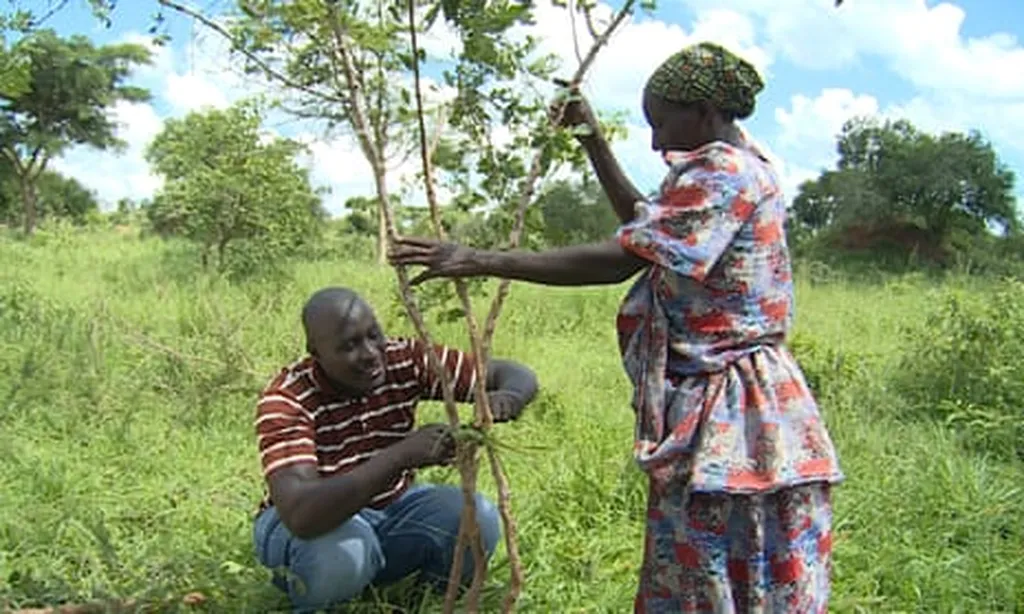**Turning Urban Tree Trimmings into High-Grade Charcoal: A Waste-to-Energy Solution**
Researchers from the University of Science and Technology Beijing, led by Dr. Xiaosong Zhang, have found a promising way to transform Ginkgo biloba pruning waste into high-grade charcoal, offering a sustainable solution for waste management and renewable energy generation.
Ginkgo biloba trees are commonly planted in urban areas for their resilience and aesthetic appeal. However, annual pruning to maintain these trees results in large volumes of unutilized biomass. The research team aimed to valorize these pruning residues by optimizing pyrolysis conditions and enhancing the fuel properties of the resulting charcoal.
The study, published in the journal *Bioresource Technology*, involved conducting pyrolysis experiments at temperatures ranging from 400 to 600 degrees Celsius, following an oven drying pretreatment. The mass yield of charcoal varied from 27.33 to 32.05 percent, with a volume shrinkage of 41.19 to 49.97 percent. The fuel properties of the charcoals were evaluated through various tests, including moisture absorption, proximate and ultimate analysis, thermogravimetry, calorimetry, and inductively coupled plasma optical emission spectrometry.
The calorific value of the charcoal improved significantly, from 20.76 to 34.26 MJ per kg, with an energy yield of up to 46.75 percent. The charcoal demonstrated superior thermal stability and better combustion performance compared to other biomass and biochar standards. The product complied with first-grade standards at 550 and 600 degrees Celsius and second-grade wood charcoal standards at other temperatures.
However, the researchers noted higher concentrations of some heavy metals, such as zinc, indicating the need for pretreatment and further research on co-pyrolysis for resource optimization.
**Practical Applications for the Energy Sector**
This research highlights the potential for urban waste-to-energy initiatives, particularly in cities with abundant Ginkgo biloba trees. By converting pruning waste into high-grade charcoal, municipalities can reduce waste disposal costs and generate a renewable energy source. The charcoal produced can be used in various applications, including residential heating, industrial processes, and even as a component in energy generation plants.
Moreover, the study provides insights for urban planners and policymakers to integrate waste management and renewable energy strategies, contributing to sustainable urban development. The findings also underscore the importance of further research into pretreatment methods and co-pyrolysis to enhance the quality and safety of the final product.
In summary, this research offers a promising approach to transforming urban tree trimmings into a valuable energy resource, demonstrating the dual benefits of waste management and renewable energy generation.
This article is based on research available at arXiv.

